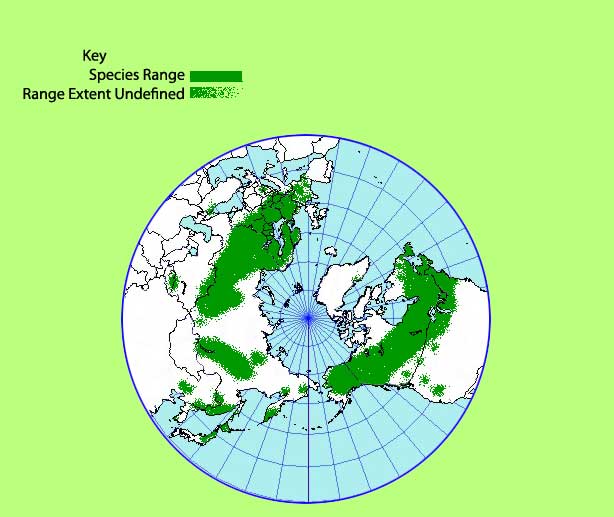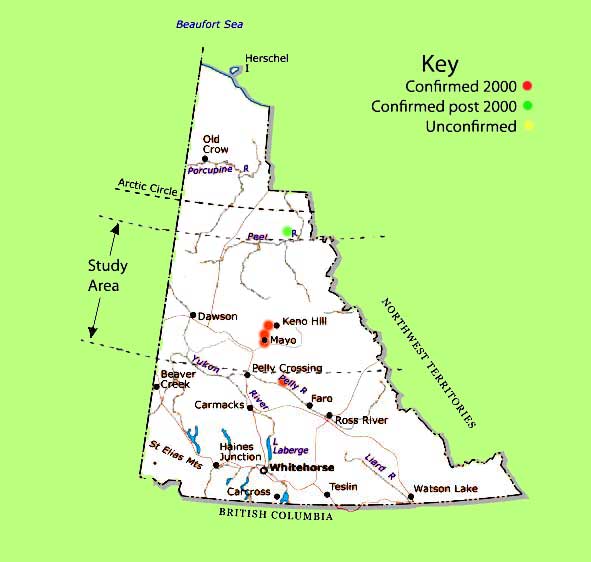Utricularia intermedia : Flat-leaved Bladderwort
Taxonomy | Description | Biology | Ecology | Uses | Images | Range Maps
Taxonomy |
Scientific Name:Kingdom: Plantae Division:
Class: Dicoteldonae (two seed-leaves) Family: Lentibulariaceae (Bladderwort Family) Genera: Utricularia (Bladderwort) (Lat. utriclus = little bag or bottle; referring to the small bladders on the leaves) Species: intermedia (Lat. inter= between + medius= middle; perhaps referring to the intermediate size of these plants) English Name(s):Flat-leaved Bladderwort, First Nation Names:
|
Description |
Structure:
Leaves:
Reproductive Parts:
Seed:
Not to Be Confused With:
|
Biology |
Physiology:
Life Cycle:
Seasonal Cycle:
|
Ecology |
Animal Uses:
Habitat:
|
Uses |
Modern:Industrial: Medicinal: Food: Traditional Gwich'in:Folklore: Industrial: Medicinal: Food: Traditional Other:Folklore: Industrial: Medicinal: Food: |
Images |
|
Plants floating and in bloom Illustration from: Illustrated Flora of BC |
Range Maps |
|
World Range: Circumpolar; In N.A. from NL and LB to AK, south to PA, OH, IN, IA, and CA
In Yukon: North to about latitude 64N then disjunct to Porcupine River |



